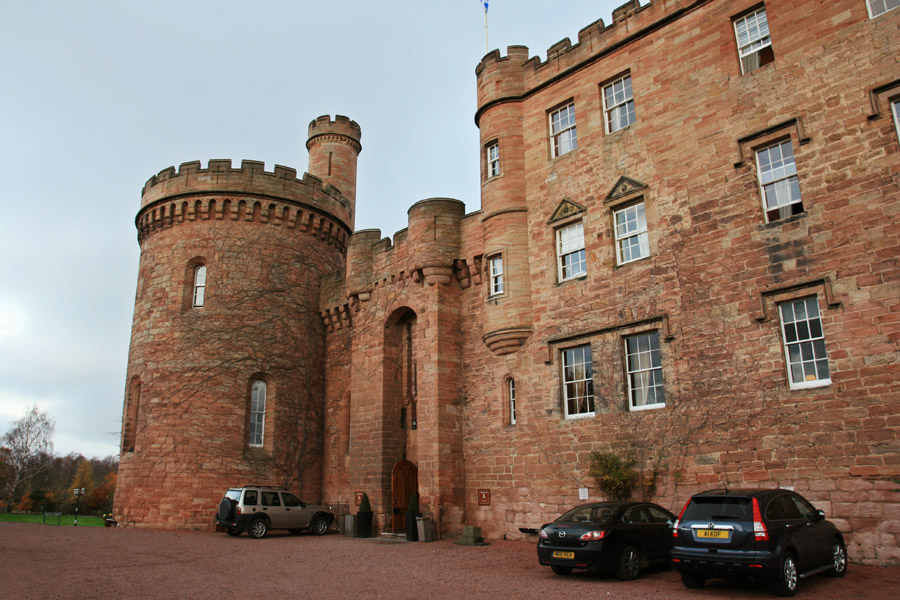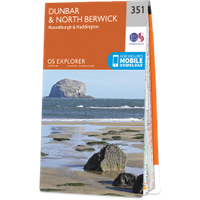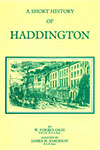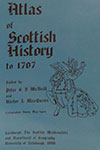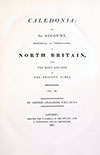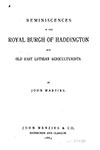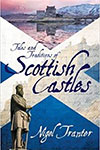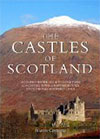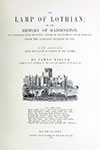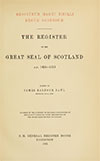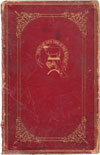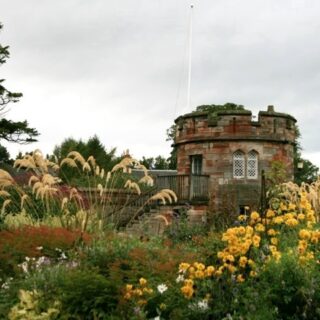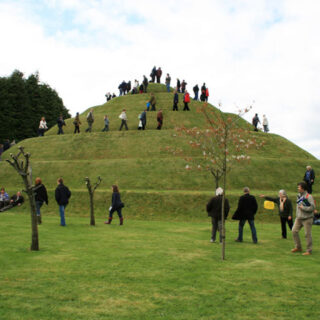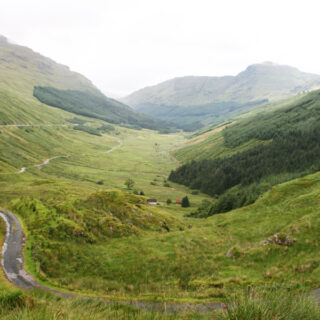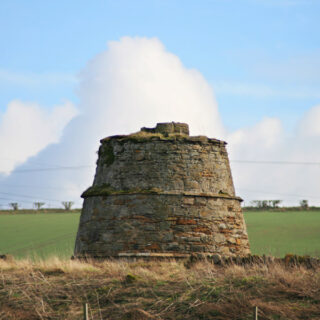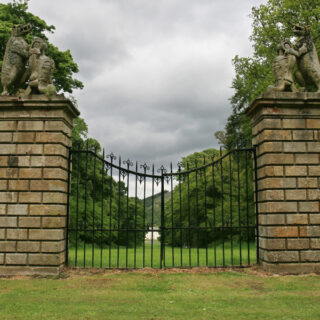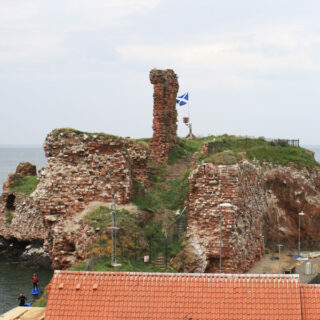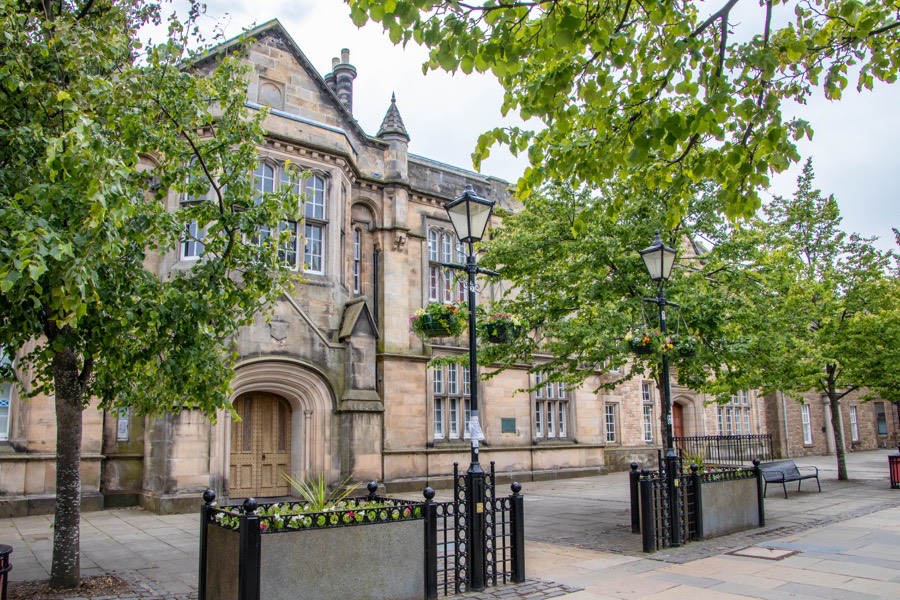

There is some debate as to whether or not there was a castle in Haddington, and indeed as to its location, however there was certainly a royal palace in the 12th century which must have been fortified.
Haddington was one of the first towns in Scotland to be granted royal burgh status by David I, some time before 1138. David founded fourteen royal burghs in total, all of which had royal castles apart from Haddington where a castle is not explicitly mentioned. Haddington was a sheriffdom since at least 1124, when Durward was Sheriff of Haddington, and a constabulary since at least 1321 when Robert the Bruce granted to Alexander de Seton part of the barony of Tranent described as “in constabularie de Hadington”. These two latter designations usually indicate that there was a castle, however there is no direct mention of Haddington Castle in old records.
Traditionally the palace is said to have been located to the south of what is now Court Street. At first glance the site isn’t a particularly good one defensively however it is situated in the middle of an area that is protected to the east and south by a bend in the River Tyne. It has also been suggested that the site of the palace may actually have been on land that was known as the Kingis Yaird, King’s Yaird, King’s Yard or Friars’ Croft. A 1497 reference to croft land owned by the friars describes it as being known as “le Kingis palace” “in the vulgar tongue.” Part of that land is now occupied by the 17th century Haddington House.
The Palace of Haddington seems to have been a royal residence in David’s time since in 1135 he wrote a charter there granting the lands of Swinton to Hernulf. In 1139 Haddington and its lands, along with the burgh of Crail and its castle, were given to Ada de Warenne, daughter of William de Warenne, 2nd Earl of Surrey, by David I as a part of her dower upon her marriage to his son, Henry. In 1152 Henry predeceased his father who died the following year and Malcolm IV, Henry’s son and David’s grandson, ascended to the throne at the age of 12. Malcolm is only recorded to have issued one charter from Haddington, in 1159.
Malcolm died in 1165 and was succeeded by his brother, William the Lion, who seems to have spent a lot of time at Haddington, issuing various charters from there throughout his reign. His mother, Ada, died in the palace at Haddington in 1178 and is said to have been buried there. In 1186 William married Ermengarde de Beaumont and in 1198 their son, Alexander II, was born in the palace in his grandmother’s bed.
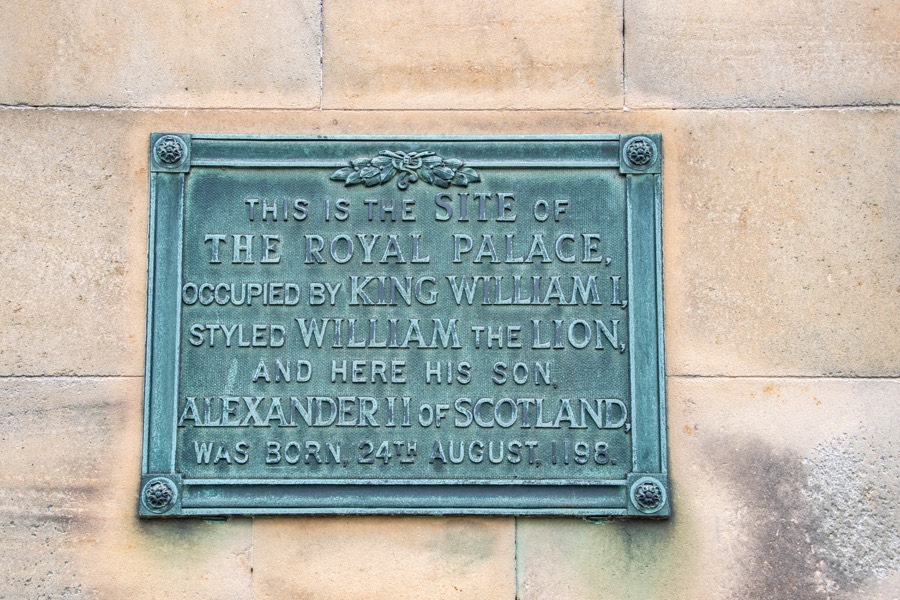
In 1215 Alexander supported the English barons who revolted against King John of England and as a result the English King invaded Scotland in 1216 and attacked Haddington. The town was destroyed and the royal family vacated the palace. It isn’t clear if the palace suffered the same fate as the town however if it did then it must have been rebuilt as royal courts were held there during Alexander’s reign.
Following a tournament in Haddington in 1242 Padraig, 6th Earl of Atholl, was murdered in a palace at the west end of the High Street by Walter Byset, Lord of Aboyne, and his nephew, John Byset, Lord of the Aird. Whether or not this was the royal palace is unclear but it seems that it was probably not.
In March 1244 Haddington, Stirling, Roxburgh, Lanark, Perth, Forfar, Montrose and Aberdeen were all burnt on the same night by fires which had started accidentally.
Situated on a main route from England into Scotland, Haddington suffered over the centuries whenever there was conflict between the two nations. In 1296 during the Wars of Independence Edward I invaded Scotland and took Haddington. It was later recaptured as in October 1297 William Wallace wrote a document to the mayors of Lübeck and Hamburg from Haddington.
In 1355 the Scots captured Berwick-upon-Tweed and in January 1356 Edward III of England led an army north to recapture it in a raid that became known as Burnt Candlemas. The English army pressed on to Edinburgh, burning Haddington as they went.
William Lyndsay of the Byres was appointed constable of Haddington early in the 15th century by Robert III and in 1429 there is a mention of the King’s Wall surrounding the town. Late in the 15th century Patrick Hepburn, 1st Earl of Bothwell, was appointed constable of Haddington by James IV, an office which was also conferred on his son, Adam Hepburn, 2nd Earl of Bothwell, in 1511.
Haddington was attacked several times during the Rough Wooing in what have become known as the Sieges of Haddington. In 1547 an English fleet under the command of Edward Clinton, Lord Clinton (and later 1st Earl of Lincoln), was sent to lay siege to Haddington. As part of the same campaign Clinton’s forces burnt or captured ten Scottish ships moored off Blackness Castle and attacked Luffness Castle.
In September 1547, following defeat at the Battle of Pinkie, the Regent of Scotland, James Hamilton, 2nd Earl of Arran, took Haddington with 5000 troops comprising of Scots, French mercenaries and regular French soldiers. The following February it was captured and garrisoned by an English force of some 5000 troops under the command of William Grey, 13th Baron Grey de Wilton, who set about fortifying the town with the help of Italian military engineers.
A contemporary French report on the fortifications describes a spacious quadrangular fortress with four corner bastions named Bowes, Wyndham, Taylor and Tiberio after the English commanders, a large, flat-bottomed ditch and earth ramparts. Behind the ramparts was a deep ditch and an inner rampart with four turrets surrounding what was described as a donjon. The term donjon usually refers to the central keep or tower of a castle and it’s possible that this was the original defensive building of the palace. The donjon was said to be only exposed to artillery fire on one side, that side being protected by the River Tyne, and that covering the donjon was a cavalier, or gun platform, on one of the ramparts.
Some sources state that this cavalier was actually the town’s tolbooth which was filled with earth so that guns could be placed on top of it. Haddington’s old tolbooth was located on Market Street close to the entrance to Newtown Port, around 300m east of the supposed site of the palace. If there was a donjon at the palace then the tolbooth would be approximately midway between it and the river to the east.
In June 1548 André de Montalembert, Seigneur d’Essé, landed at Leith with a French force of 6000 veteran troops, including German and Italian mercenaries. The Treaty of Haddington was signed on the 7th of July promising French support in return for the marriage of Mary, Queen of Scots, to the Dauphin and future Francis II of France. The French force joined 8000 Scots soldiers in the siege of Haddington later that month. In August Edward Seymour, 1st Duke of Somerset and Lord Protector of England during the minority of Edward VI, sent a force of almost 14,000 men to relieve the siege but they later returned to England and the Scots lay siege again.
The siege continued into 1549 when Sir James Croft was described as the (English) captain of Haddington Castle. In September that year Somerset withdrew the English garrison due to plague within the fort, lack of financial support and the need to suppress peasant rebellions in England and Haddington was abandoned to the Scots. Following the Treaty of Boulogne in 1550 the fortifications in Haddington were dismantled.
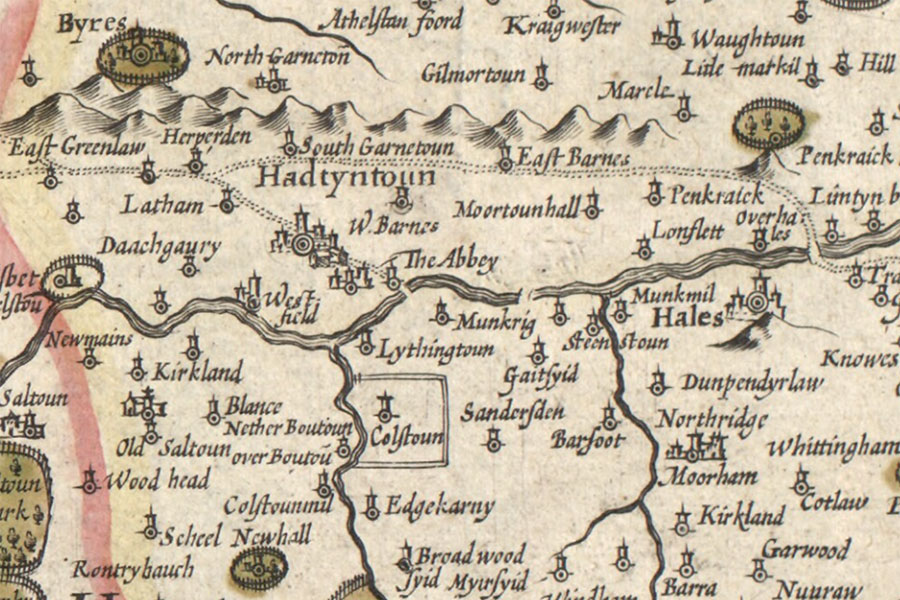
Hendrik Hondius, Amsterdam, 1630map image courtesy of NLS
There doesn’t appear to be any subsequent mention of a castle or palace until 1831 when it was decided to build a new courthouse in Haddington and the site of the palace was chosen. Extensive ruins were cleared away, including a vaulted chamber and part of an arched passage leading to it. The pillars of the arches were described as “of the Saxon order” perhaps indicating a Norman design. These ruins were subsequently linked to the site of the palace by antiquarian sources.
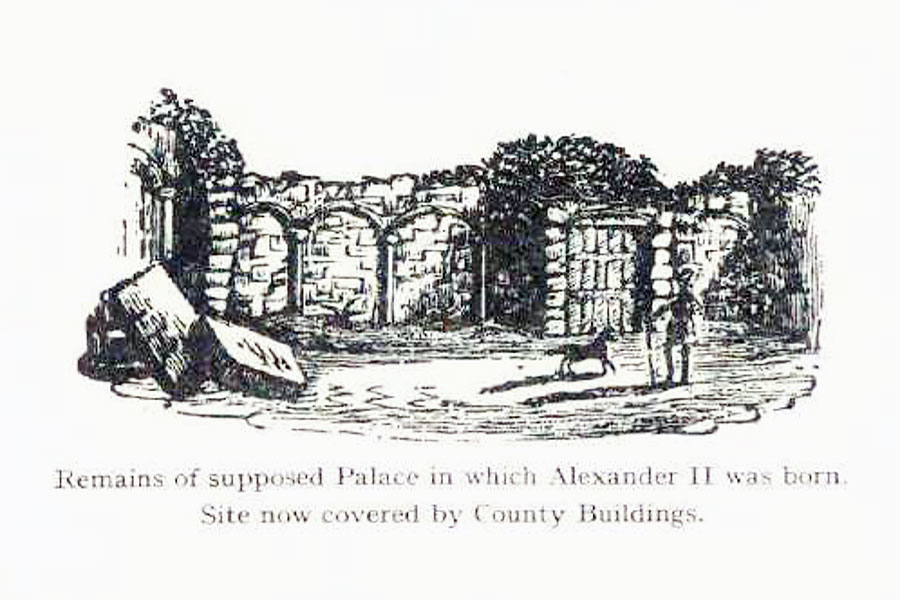
W. Forbes GrayStevenage, 1995
The foundation stone of the County Buildings, which were designed by William Burn, was laid in 1833 by Sir John Gordon Sinclair of Stevenson and the buildings are now occupied by East Lothian Council.
Alternative names for Haddington Castle
Hadington; Hadinton; Hadintoun; Hadintun; Hadintune; Hadyngton; Haidintoun; Palace of Haddington
Where is Haddington Castle?
Haddington Castle is in the parish of Haddington and the county of East Lothian.
Grid reference: NT 5133 7383
Lat / long: 55.955017, -2.781028
